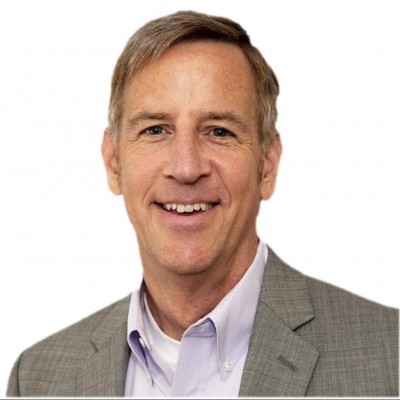(Katherine not a real person, nor is this story)
 Katherine was dedicated to her congregation; it was really her central community. She was fortunate to be financially stable, and lucky to be healthy and long lived. And she had a lawyer she trusted and updated the key documents as she went into different phases of her life: when she got a secure professional job, when her kids were born, when she bought her first house.
Katherine was dedicated to her congregation; it was really her central community. She was fortunate to be financially stable, and lucky to be healthy and long lived. And she had a lawyer she trusted and updated the key documents as she went into different phases of her life: when she got a secure professional job, when her kids were born, when she bought her first house.
When she was 45, Katherine’s kids had gone all the way through the children’s and youth religious education programs at her congregation. They were off to college, although not “launched”, so she amended her will to leave a percentage remainder of her estate to the congregation. However, like most Americans, she did not notify anyone.
After that, she continued in her career and spent more time in key volunteer positions at the congregation. At age 60, 15 years after she amended her will, the congregation started to be more systematic in their Planned Giving program and asked everyone who had named the congregation in their long-term plans to give them official notification. Although Katherine knew she could change her plans at any time in the future, she got a form from the office, filled it out saying what she included in her will, and signed it.
By age 75, Katherine still saw her church peers regularly, but did not get to Sunday service regularly. It was just too hard for her to get there on her own and more and more she didn’t know many people. Still she remained interested in the goings-on, read the newsletter and eblasts, and sometimes made it to events at the building.
She decided to move to a senior housing complex when she was 80 and gave up her car. Although she tried to keep up with things at the congregation, she rarely made it there. Even then someone had to give her a ride, and she did not want to put people out. By this time the congregation had been in her will for 35 years.
At 85, Katherine turned over all of her finance to one of her children and started to receive personal assistance in her apartment. The congregation had an anniversary, so although many of her peers either could not attend because of their health or were no longer living, another of her children brought her to a Sunday service celebration. She was recognized as a long time member, yet many people attending that day did not know her name, and had never seen Katherine before. That was her last visit to the building.
Katherine passed away at age 95, fifty years after she had included the congregation in her will. The gift turned out to be more substantial than Katherine (or anyone!) would have guessed. The memorial service was held at the congregation, which her family really appreciated, and a plaque with her name was added in the memorial garden.
75 years later, a century and a quarter after Katherine put the congregation in her will, her gift was still part of the endowment and was being used according to her wishes.
****
This story could have gone differently. Any number of things could have happened along the way, so that Katherine (and her family, as she got older) became disillusioned or lost touch or even moved too far away from the congregation. Is your congregation ready to maintain congregant relationships for fifty years or more? Is your system prepared to reliably honor donor intent for 75 years or more? During that time, virtually all of the membership will have changed, as will the minister and administrator (probably multiple times). Governance, financial, and database regimes will also have changed, perhaps substantially.
Now think of your congregation’s systems and how long they are designed to apply. If yours is like most congregations, you are set up for a year-to-year program. Perhaps if you are involved with a capital campaign, or have a good strategic plan, you are oriented to a 5-year window. If you are going to be successful in an enduring beloved community, and a Long Term Stewardship program, it is time to start thinking longer term – like as long as Katherine’s membership and legacy.
Mark Ewert is a stewardship consultant with the Stewardship For Us team. Mark works with congregations on their Long Term Stewardship programs and can be reached at mewert@stewardshipforus.com, via the UUA’s Congregational Stewardship Resources page, (http://www.uua.org/finance/fundraising/consulting), or through your regional staff.

Mark Ewert is a stewardship consultant, a Chartered Advisor in Philanthropy® (CAP®), and a professional leadership and philanthropy coach (PCC) certified with the International Coaching Federation.
His experience includes founding a nonprofit, working as a fundraiser, and leading a national organization. Reach Mark at Team@StewardshipForUs.com
